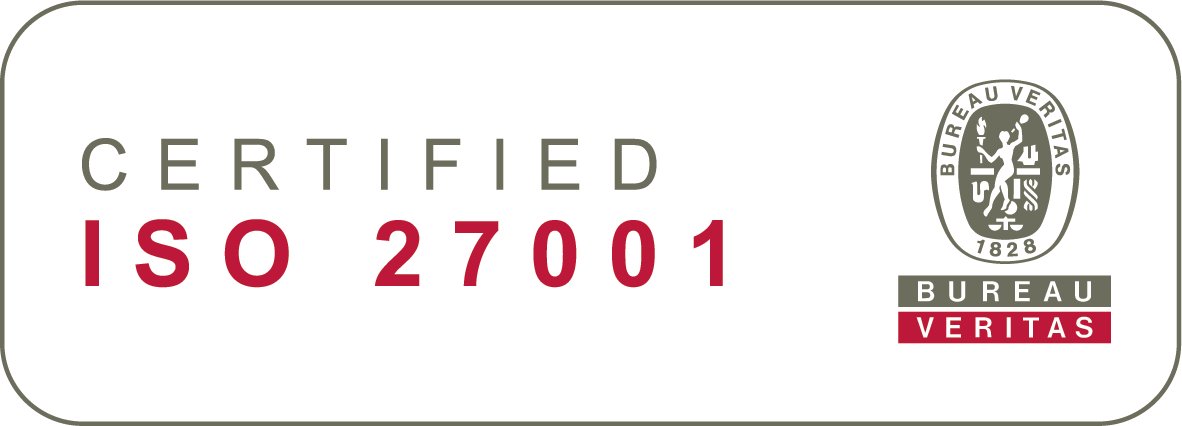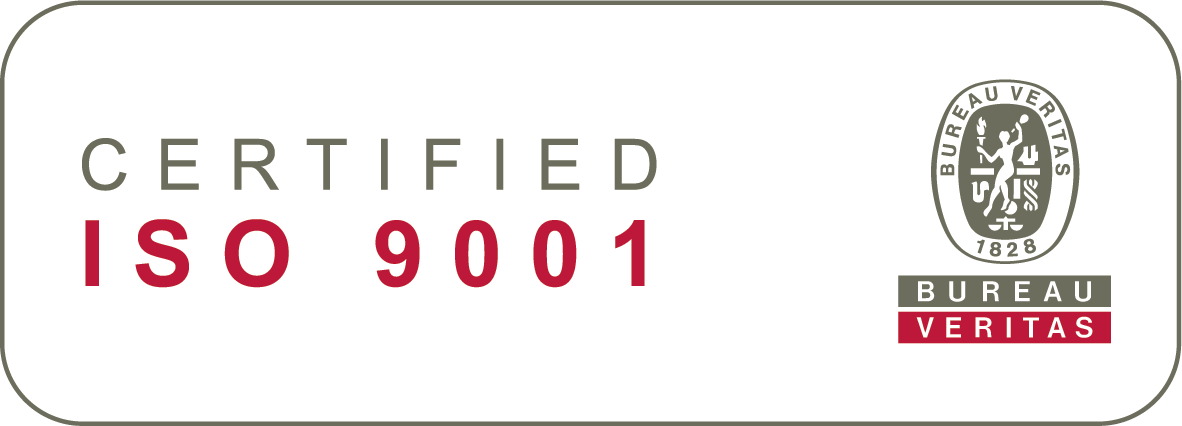HR departments and their IT solutions vary widely from organisation to organisation. Do you know the Total Cost of Ownership for your HR tech and operations?
The costs of your HR operation include your people and current systems. Employee costs are a quite straight-forward concept. However, the systems’ costs can be tricky, since they are typically broader than the simple initial purchase price or the sum of your SaaS licences. There may be the expense of associated hardware, hosting or data-centre fees, or costs arising from implementation, maintenance, upgrades and consultancy.
Then there are those harder-to-quantify costs: those of recruitment, or resulting from positions left empty or misallocated, of poor retention or high levels of absenteeism.
But let’s remember the many benefits of effective HR: good and cost-effective recruitment; productivity gains from effective development of colleagues; low absenteeism and high retention rates; agile management whereby new approaches and ways of working are evaluated, accommodated and adopted.
Many businesses and organisations often look to trim costs, to unify their operations across multiple sites and to consolidate in order to make their IT infrastructure leaner. Knowing the Total Cost of Ownership of your organization’s existing HR operations is a good starting point for benchmarking and comparisons with possible alternatives.
But that’s only the start of the process. A review of operations and systems really needs to happen in the context of thinking about business objectives and HR’s role within those.
I’d summarise that process in six stages, as follows:
- Be clear about your business goals. (B).Whether it is growth in domestic markets, international growth, acquisitions, or consolidation and cutting costs; once you know where you’re going you’re on the way to getting there.
- Build a clear picture of the current situation (A).How well set up are you to reach those goals. Do you have the products and premises, networks and support systems you need? Above all, from an HR standpoint, do you have the right people?
- Develop your A-to-B HR strategy. Identify the people you need, the support your colleagues require etc.
- Assess opportunities and available tools. The tools you’ll require will depend heavily on your business goals and HR strategy. But equally new tools can open up new opportunities and prompt new thinking. TCO benchmarking and comparison is a key part of the process of assessing the options.
- Secure support for the plan. Go to your colleagues, explain your proposals, listen to their feedback and take their views on-board.
- Make your case. At times, this can be easier said than done. Check out our eGuide on building a winning business case to get started.
It might also be useful to ask for external opinion. I think I could say, with a degree of certainty, that a good HR tech vendor should be able to tell you something useful about your HR TCO that you don’t already know.
Need help?
Would you like to get a second opinion on your current TCO? Let's have a chat!


